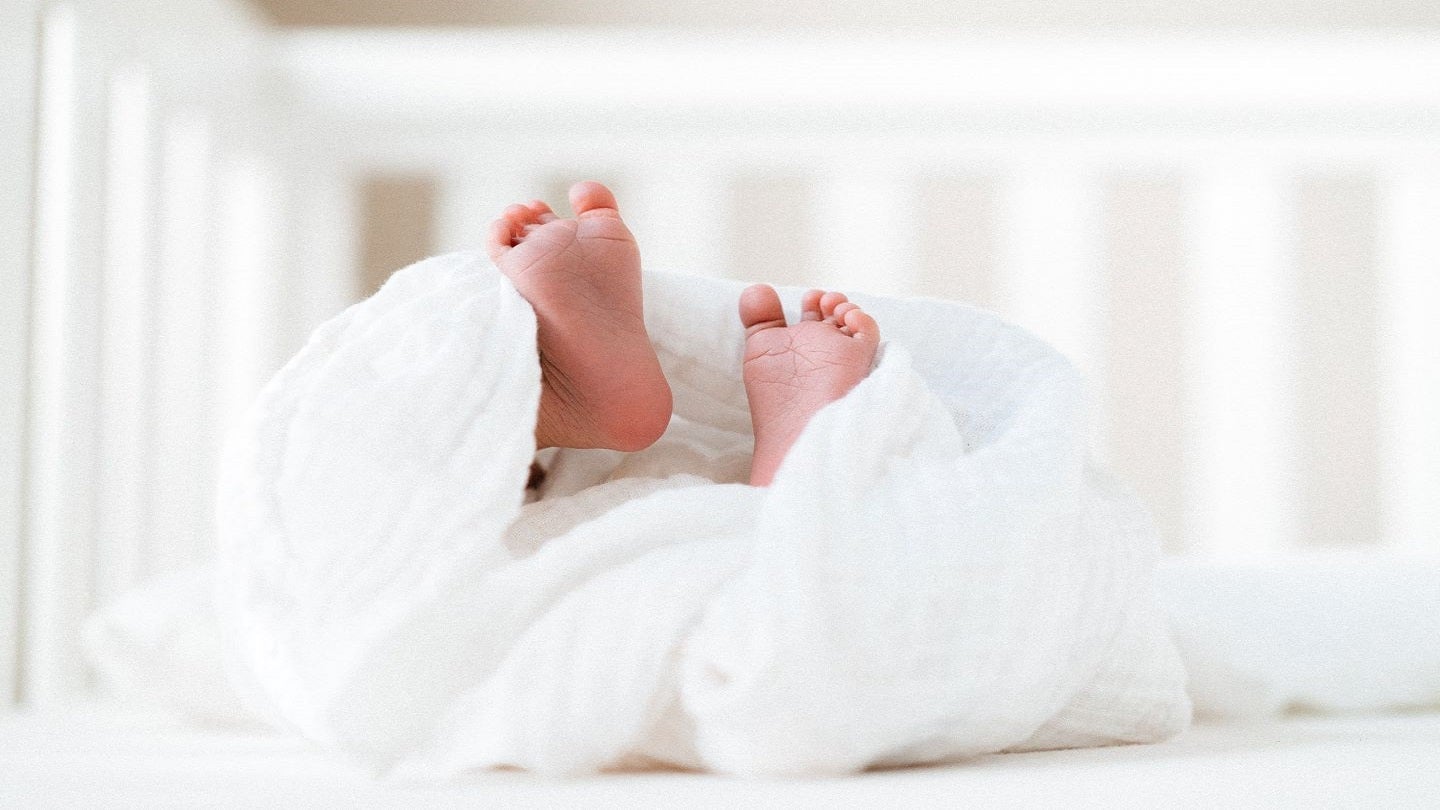
PECA Labs has announced the first-in-human implant of its MASA Valve, as part of the MASA Valve Early Feasibility Clinical Study.
Intended for paediatric patients, the MASA Valve is a polymeric valved conduit for pulmonary valve reconstruction.
It was implanted in a 21-month-old child at the Children’s Hospital of Philadelphia.
MASA Valve trial principal investigator Dr David Morales said: “If the study is successful, the MASA Valve could offer a significant improvement in the treatment of cardiovascular congenital heart defects in children and save the patients and the health system significant amounts of money spent on cardiac care.”
PECA Labs already obtained Humanitarian Use Device and Investigational Device Exemption from the US Food and Drug Administration for the device.
The company also commenced recruitment of patients for the trial at four US clinical sites.
How well do you really know your competitors?
Access the most comprehensive Company Profiles on the market, powered by GlobalData. Save hours of research. Gain competitive edge.

Thank you!
Your download email will arrive shortly
Not ready to buy yet? Download a free sample
We are confident about the unique quality of our Company Profiles. However, we want you to make the most beneficial decision for your business, so we offer a free sample that you can download by submitting the below form
By GlobalDataAs part of the non-randomised study, the company will initially recruit ten to 15 patients at up to five sites.
They will be independently evaluated through regurgitation and valve function echocardiographic analysis, immediately post-operation, at 30 days, at six months and at one year. It will be followed by an annual evaluation until the fifth year.
PECA Labs CEO Doug Bernstein said: “We are optimistic that the current study will validate our belief that the MASA Valve represents a new gold standard for congenital heart patients.”
The MASA Valve is developed using the company’s conduit and leaflet membrane, enabling it to produce a range of sizes to match each patient’s unique anatomy.



